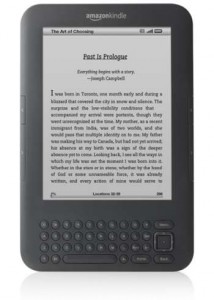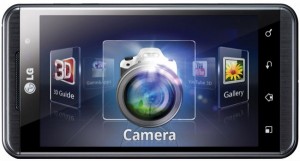We find out how e-ink screens (used by the Kindle) compare with LCD screens (used by iPad and most smartphones).
 The Amazon Kindle e-book reader differs from most tablet devices in that it uses an e-ink screen as opposed to a colour LCD screen. Fundamentally, e-ink is a very different technology from LCD. In this article, we look at how e-ink and LCD display technologies work and compare the two technologies.
The Amazon Kindle e-book reader differs from most tablet devices in that it uses an e-ink screen as opposed to a colour LCD screen. Fundamentally, e-ink is a very different technology from LCD. In this article, we look at how e-ink and LCD display technologies work and compare the two technologies.
How do electronic ink (e-ink) displays work?
E-ink (electronic ink) displays produce images and reflect light in the same way normal paper does.
Paper reflects light from the Sun (and from artificial light sources such as light bulbs). Because paper reflects light of all wavelengths, it normally appears white (see left diagram below). In order to form an image on paper, we need to add a layer of ink in the relevant places. This layer of ink is non-reflective (this region appears black as black is the absence of light; see right diagram below). By selectively adding ink to a piece of paper, we can form the desired image.
 The UK’s first 3D mobile phones begin to hit the shelves this month. 3D phones such as the
The UK’s first 3D mobile phones begin to hit the shelves this month. 3D phones such as the